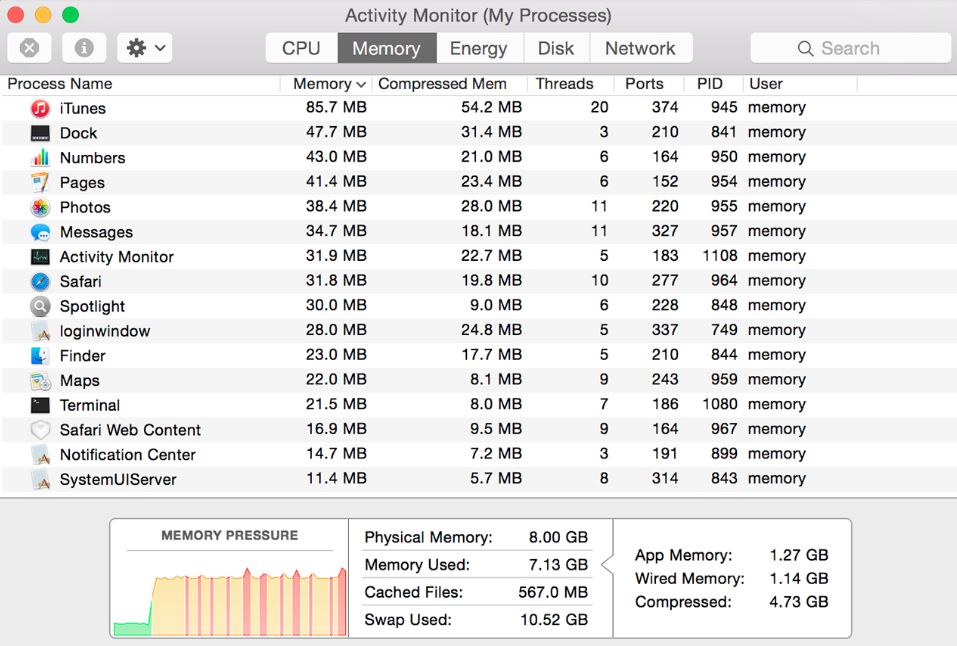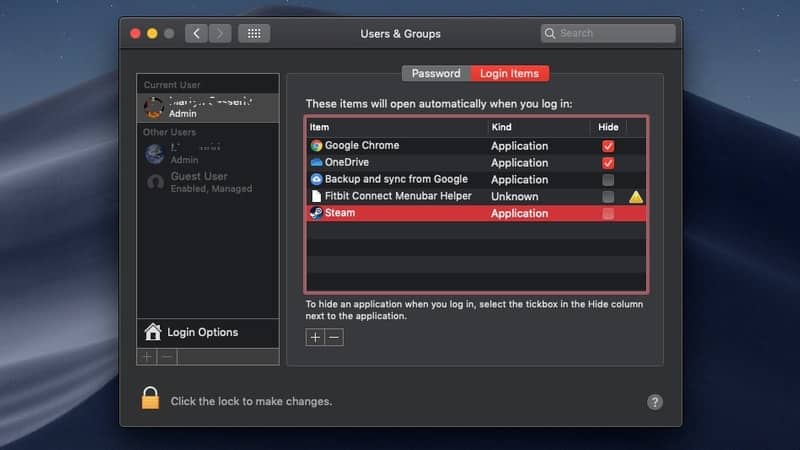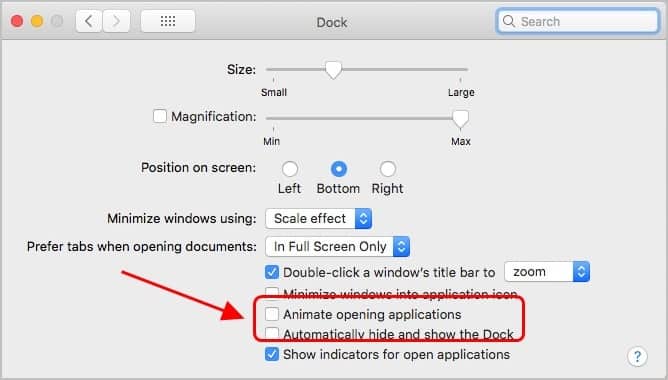Mac Running Slow, Here’s How to Speed Up Your Mac (Updated 2024)
Mac is widely known for its fantastic performance, but it can get slow down by regular usage. Here we have effective tips help you Speed Up A Slow Mac Or MacBook

Is your MacBook suddenly started to act rather sluggish and take longer to do normal functions? Is your Mac noisy, indicating your Mac is really busy, or have you started to see the spinning wait cursor often? There can be lots of different reasons, such as insufficient storage, outdated software, or a combination of more than one factor causing Mac to run slower than it did when you first bought it. Here we have simple steps provided below that won’t take much time but will greatly improve your Mac’s performance.
Why is my Mac going so slow?
Mac is Running Slow due to a Lack of Hard Drive Space. Running out of space may not just ruin your system performance—it can also cause the applications you’re working with to crash. That happens because macOS is constantly swapping memory to disk, especially for setups with low initial RAM.
Again, it’s possible to run several software and programs on your Mac system that will slow it down and cause problems. Corrupt files or programs also cause slow performance.
How to speed up MacBook pro
If you are also struggling with similar problems, “MacBook running slow,” here are some simple tips to enhance your current device’s performance.
Update your Outdated Mac Os
An outdated Mac OS can cause a problem in the functioning of your device. Therefore make sure your Mac is up-to-date, as the latest security patches are essential to keeping your Mac running well.
How to check Software updates on mac?
- Click on the Apple menu and select “App Store.”
- From App, Store window Click the “Updates” tab.
- Click “Update” next to any available update to Install it.
- It will download and install automatically.
You can see App Updates and system updates in the list of available updates
(only if there are any new updates available)
Check for insufficient storage.
Low availability of storage space disrupts Mac performance and you may experience a slow Mac. And managing your storage and trashing unnecessary files can consequently result in increased Mac speed and improved performance.
How to check the storage status on Mac?
- From the Apple menu, choose About This Mac.
- Click the More Info option.
- Then select Storage, 3rd on the top lane of options.
- Storage status appears.
Ideally, 10% of free storage is required by MAC OS to function smoothly. If your storage space is full, then you need to Delete files you no longer need. Move your files to iCloud storage or to an external disk drive. Also, Look for Duplicate Files, delete them.
Stop apps from running in the background
On your mac, there are several apps that we don’t need to use, but somehow, they are presently running in the background. Again too many apps running in the background consume processor power due to which we experience Mac running slower.
If you want to see which apps are using up your system resources,
- Open the Activity Monitor in the Utility folder.
- Activity Monitor shows all the processes on your Mac.
- Before you do anything, Go to the menu bar at the top of the screen and click View > Windowed Processes.
- Now, back in Activity Monitor, click on the CPU button and the “%CPU” column to list all programs using the amount of CPU.
- You can also use this to see what Memory, Disk and Network different processes are using.

If you see that one app, in particular, is gobbling up a lot of CPU power, then you can close it from here by selecting the app with the mouse and clicking on the x in the left-hand corner of the Activity Monitor.
Too many start-up apps slow down mac?
Whenever you start your mac, some of the startup apps automatically get loaded on their own along with the system OS. Some of them are unnecessary as they affect startup time and you experience a slow start. In addition to these items hanging down on the riff of your startup items list, keep creating an additional load on your processor throughout the use.
- Go to System Preferences > Users & Groups.
- Click your name and then click “login items.”
- Use the minus icon to remove the program you don’t immediately need when your Mac starts up.
- Remove any apps you don’t want starting when you log in.

Turn off visual effects.
This is another great tip, help you when you wonder how to speed up your Mac. Visual effects make your mac look pretty, but who cares if your Mac is running slowly? Turning off some of the features can greatly speed up MacBook.
- Click System Preferences > Dock.
- Untick the following boxes: Animate opening applications, Automatically hide and show the Dock.
- Click on Minimize windows using and change the Genie effect to Scale effect.

Delete Cache, Cookies and Junk files
Cache files are temporary files that store information related to used web pages, app-generated caches etc. For example, a web browser will cache web pages to download a website faster when you revisit it. Sounds great, right? But over time, these cache files take much storage on your Mac, and instead of speeding things up, they slow your computer down.
- Finder > Go > Library > Hold down the “Option” key on your keyboard > Select “Library”
- locate the “Caches” folder and manually choose which caches and temporary files to clear.
- Alternatively, you can select all, right-click, and select “Move to Trash.”
This will remove a heap of unwanted items and give your Mac Os to have some ‘AIR’ to breathe and perform better.
Disable FileVault
FileVault is enabled in the system by default to protect your personal information. But older devices, it can seriously impact the overall performance. And you have to sacrifice and disable it to speed up the performance of your old Mac.
- Just go to System Preferences then Security & Privacy,
- please turn it off and restart the Mac.
Note: By doing this you will put your info at risk as it no longer stays encrypted.
If you are running an older mac then Adding an SSD will make your computer boot faster, copy files in the blink of an eye and make the system really fast when multitasking.
Also, upgrading RAM is usually a great solution for improving your Mac’s performance.
